
 Instagram
Instagram
What is thyroid acropachy?
.png?v=1674748201607)
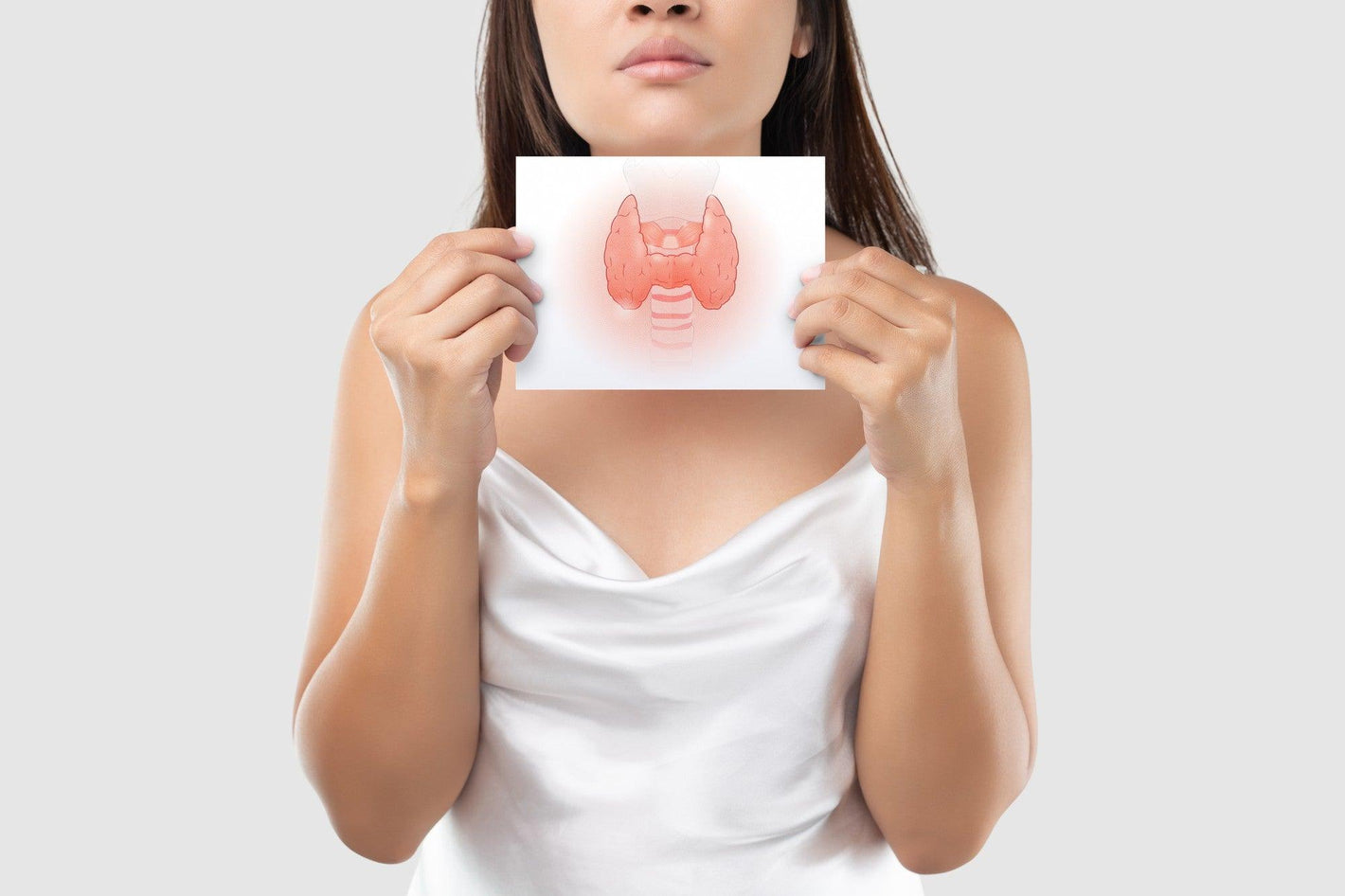
Related products
Thyroid acropachy is an autoimmune thyroid disease which results in non-painful soft tissue swelling and bone abnormalities.

The term 'acropachy' is a Greek word which means the thickening of extremities. Thyroid acropachy is a comparatively rare but severe autoimmune thyroid disease which results in the swelling of toes and digits, nail clubbing and the periosteal reactions of the bones at the extremities.
These symptoms almost always occur in association with dermatopathy (skin diseases) and thyroid ophthalmopathy (thyroid-related eye disease), the other two common manifestations of thyroid disease. The radiography of the feet and hands will reveal a prominent spiculated and irregular formation of new bone.
What are the causes of this condition? What are the clinical signs and symptoms? How can it be treated, prevented and managed?
Thyroid acropachy is a complication of hormone imbalance. Hormone imbalances are very complicated and can have several causes and symptoms. Click here to learn more about hormonal imbalance, its causes and symptoms.
Thyroid acropachy, one of the complications of Graves' disease
Thyroid acropachy is a skin condition associated with graves disease. According to a case report published in the Radiology Case Reports in 2019, it is experienced by 0.3% of patients with Graves' disease. Before going into the details, let's briefly review the graves disease.
What is Graves' disease?
Grave's disease is one of the most common autoimmune diseases involving the thyroid gland. It is one of the important causes of thyrotoxicosis, which results in high levels of thyroid hormones in the blood. It could be due to any causes, and it is often confused with hyperthyroidism, a type of thyrotoxicosis due to excessive thyroid hormone production in the body.

How does Graves' disease develop?
This condition develops due to the production of anti-thyroid receptor antibodies in the body. When these antibodies bind to the thyroid-stimulating hormone receptors, the resulting reaction triggers the hyperplasia and inflammation of the thyroid gland, resulting in the overproduction of thyroid hormones and the clinical signs of thyrotoxicosis.
For more details about Grave's disease, its causes, treatment options and complications, click here. Hyperthyroidism is not just limited to Graves' disease and is a complex disorder. To learn more about hyperthyroidism, its causes, risk factors, diagnosis and treatment options, click here to read our informative articles.
How common is it?
Grave's disease is relatively common in the UK as, according to the data published by NICE, it is experienced by 0.2% of men and 2% of women at some stage in their life. It also affects 1-2 children per 10,000. Besides being clinically significant, this condition also causes other complications, including acropachy.
Since acropachy is very closely related to Grave's disease, it is also closely associated with the other complications of thyroid disease, e.g., dermopathy and ophthalmopathy.
The early signs of any disease are vital as they allow you to spot the condition before it becomes difficult to treat. The same is the situation with thyroid diseases.
Read more: The earlier warning signs of thyroid disease
What are the causes of thyroid acropachy?
Like other autoimmune conditions, the exact cause of thyroid acropachy is unclear, and several factors are thought to be responsible. Some common factors identified are;
-
The development of auto-antibodies against the insulin-like growth factors 1 (IGF-1) receptors (that also have a role in the pathogenesis of ophthalmopathy and graves thyrotoxicosis) and the thyroid stimulating hormone (TSH) receptors. These auto-antibodies will result in the destruction of these receptors in the thyroid gland. As a result, thyroid dysfunction develops, leading to the appearance of clinical signs.
-
The bones' reactions result in subperiosteal bone formation, modular fibrosis of the periosteal area, and heavy fibrosis of bone marrow space.
-
There is a claim that the pulmonary dysfunction caused by tobacco use can stimulate thyroid dermatopathy and acropachy, but it remains unproven. However, a study published in Clinical Endocrinology in 2013 noted that smoking is a dose-dependent and strong risk factor for developing Graves, a disease particularly causing ophthalmopathy.
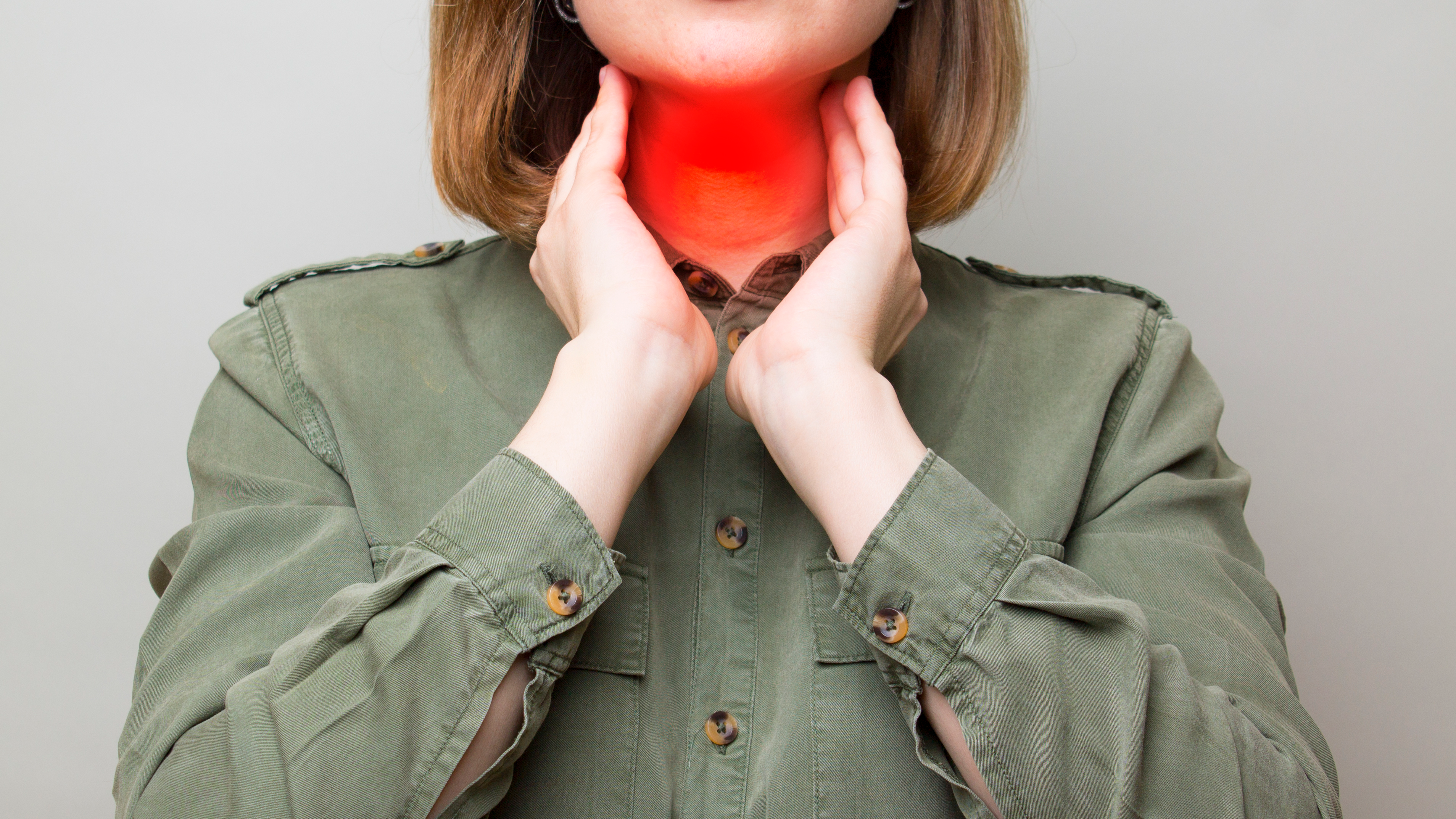
It seems to be a complex disorder with various causes and clinical presentations. Many other lifestyle and nutritional factors, e.g., iodine deficiency etc., can produce more severe and atypical thyroid acropachy.
What are the symptoms of thyroid acropachy?
The clinical picture of the disease is highly variable. Although the most common clinical picture is the soft tissue swelling of the hands and feet, there can be many other clinical manifestations of graves disease. The most common symptoms are;
-
The swelling of toes and digits and the clubbing of nails is almost always combined with thyroid dermopathy (also known as pretibial myxoedema) ophthalmopathy (also called Graves ophthalmopathy).
-
All of these events, however, don't co-occur. The chronological order in most clinical cases is that thyroid dysfunction occurs first, followed by ophthalmopathy, dermopathy and finally, thyroid acropachy.
-
In typical cases, the swelling (soft tissue) of the feet and hands occurs in association with the clubbing of toes and fingers.
-
Hyperkeratosis (thickening of the outer keratin layer of the skin leading to the corns and calluses on the feet and hands) and hyperpigmentation (the affected skin appears darker than the surrounding) are the most common skin manifestations.
-
A small fraction of the patients reported extremity pain, pain in the muscles and arthralgia (joint pain). Also, extreme pain can occur in the bones, eventually resolving with time.
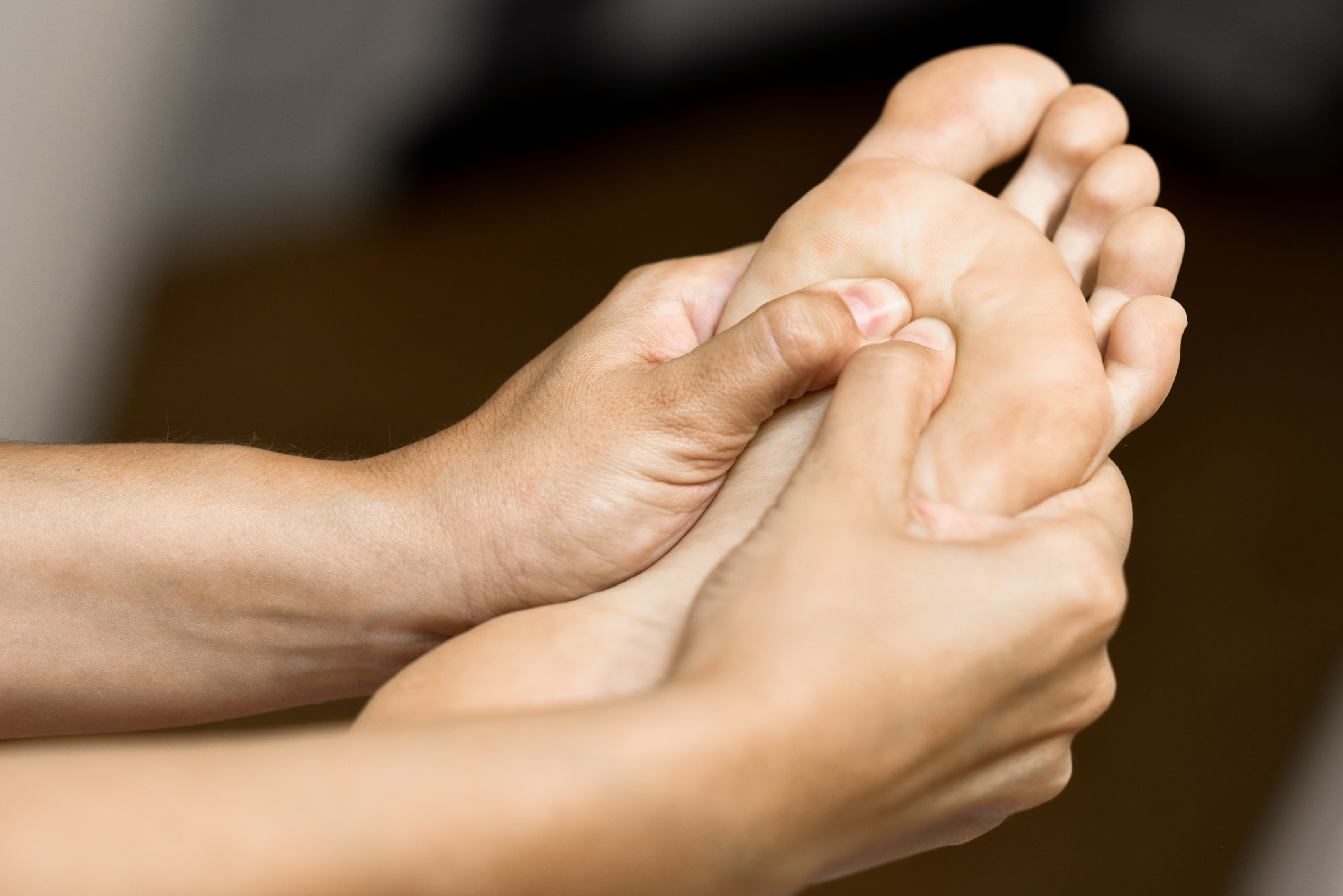
-
Some patients also show the involvement of the upper extremities. However, the disease process is often asymmetrical, and only a single digit can be involved.
-
Some patients can also develop obstruction of the lymphatics resulting in pain, loss of functionality and extreme swelling.
-
Depending upon the extent of thyroid dermopathy and acropachy, many more signs of Graves' disease of variable severity can be experienced.
How is thyroid acropachy diagnosed?
The diagnosis uses clinical signs and thyroid function tests. A clinician will use a variety of tests to arrive at a definitive diagnosis. The criteria for the diagnosis of thyroid acropachy are as follows;
-
Low levels of thyroid-stimulating hormone (TSH) in the serum usually give the first hint. However, the level of TSH could also be high in some rare conditions, e.g., pituitary adenoma.
-
High levels of thyroid hormones, e.g., T3 (triiodothyronine) and T4 (thyroxine), would also indicate the presence of hyperthyroidism.
-
In the subclinical cases (without clinical signs) of hyperthyroidism, the TSH level can be low with normal T3 and T4 levels.
-
The levels of autoantibodies in the serum are also used to diagnose autoimmune conditions.
-
The presence of anti-thyroid peroxide antibodies (TPO). These antibodies are found in the majority (75%) cases of the graves disease but are absent in the multinodular goitre.
-
The presence of anti-thyroglobulin antibodies in the serum.
-
Presence of antibodies against TSH receptors
The clinician often includes inflammatory biomarkers, e.g., C reactive protein and total blood count, to screen the systemic infections (e.g., thyroiditis, the inflammation of the thyroid gland) and anaemia (which is experienced during hyperthyroidism).
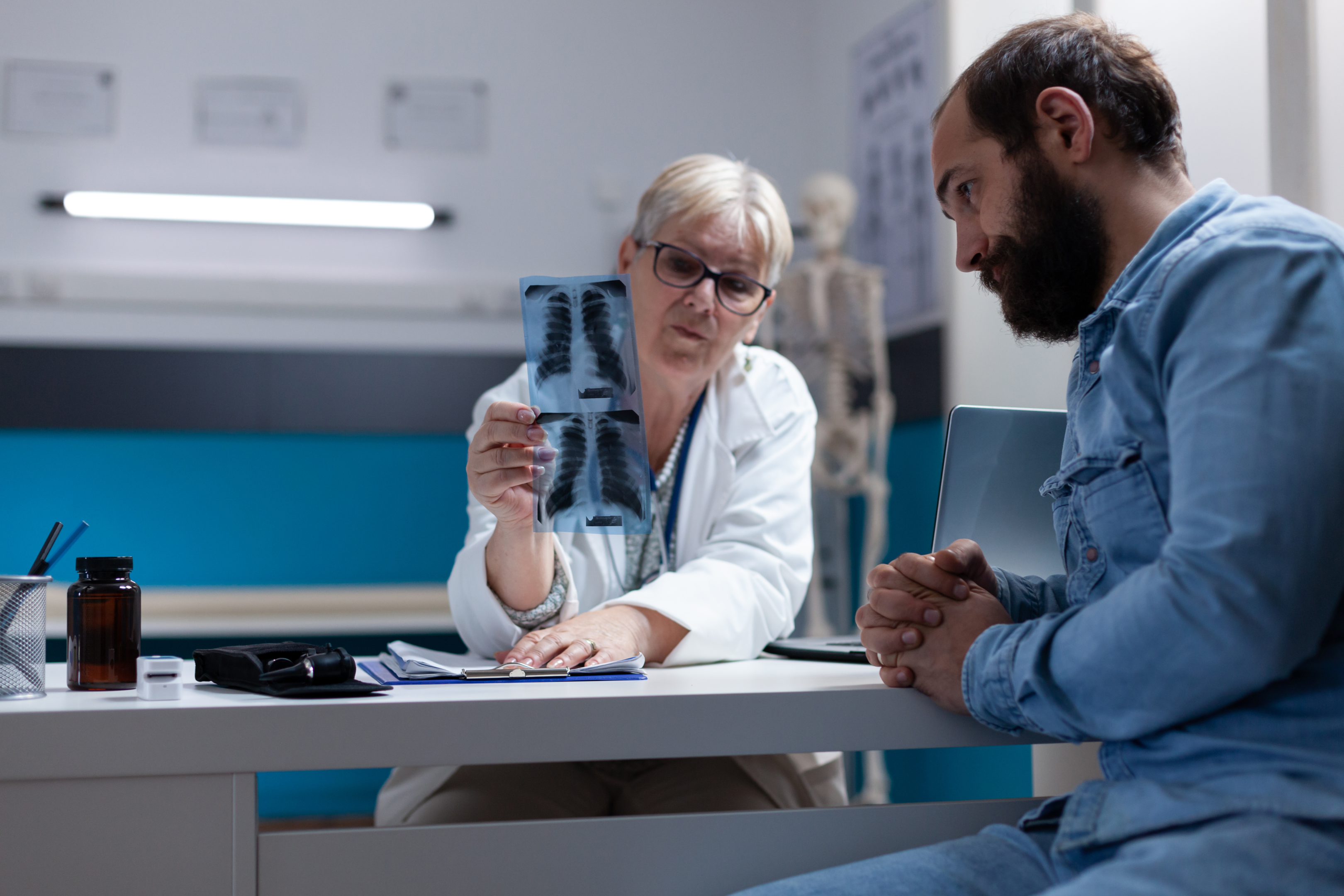
Radiography
The radiography of affected bones and tissues also provides valuable insights. The imaging will reveal the following picture;
-
Periosteal formation of new bone, which is often very specific to this condition, can be found by radiographic imaging. The new bone is spiculated and irregular in appearance and can easily be compared to the nearby normal bone.
-
The distribution of periosteal reactions is unique. They are highly asymmetrical and predominantly involve the feet and hands. But rarely, the long bones of the lower legs and forearms can also become involved.
-
The new bone formation is mostly diaphyseal and is most pronounced in the middle of the diaphysis (shaft of the long bone).
-
The side of bone involved also differs. The changes mainly occur in radial aspects if the first four metacarpals are involved. The differences are more pronounced on the ulnar part of the bones if the fifth metacarpal bone is also involved.
Skin biopsy
It is a process in which a small sample of skin tissues is tested through histopathology techniques. In the case of thyroid acropachy, it reveals pretibial myxoedema (a skin condition resulting in the swelling of legs and thick, scaly skin) and the deposition of glycosaminoglycans and the activation of fibroblasts (resulting in the stiffness of new bone).
Similar findings have also been reported in the overlying skin.
Our Advanced Thyroid Blood Test is one of the best tests to diagnose an unhealthy thyroid gland. It detects several parameters in the blood related to thyroid health, including hormones, antibodies, essential minerals, and vitamins. It will aid the clinicians in deciding the treatment. Click here to get your test kit.
Another of our helpful tests, the Thyroid Blood Test, monitors thyroid health by determining the levels of T3, T4 and T4 and helps you to achieve optimum levels of these hormones in the blood. Click here for more details and place your order.
How is thyroid acropachy treated?
Despite all complications and a variety of organs involved, thyroid acropachy is often benign and asymptomatic. No specific treatment is available as it is a multi-factorial disorder. However, the following approach is used for the symptomatic treatment;
-
As the immune system is also involved, immunosuppression therapy is done through corticosteroids and other immunosuppressive drugs. These treatments mainly focus on thyroid dermopathy and ophthalmopathy.
-
The local injections of octreotide and radiotherapy were also used for the severe and persistent form of pulmonary osteoarthropathy.
-
Steroid therapy can also be beneficial in the case of interstitial pulmonary disease.
Despite using these measures, patient satisfaction is often minimal and questionable. Only a thorough program involving drugs and lifestyle factors can give some help.
Bottom-line
Thyroid acropachy is one of the complications of the autoimmune-related over-activity of the thyroid gland. It is a rare condition and develops in only a tiny fraction of the people with Grave's disease. It is asymptomatic and benign in most cases, with the only sign being the clubbing of toes of hand and feet, subclinical pulmonary dysfunction etc.
You, however, must keep an eye on the signs and symptoms and consult the doctor for treatment and management.
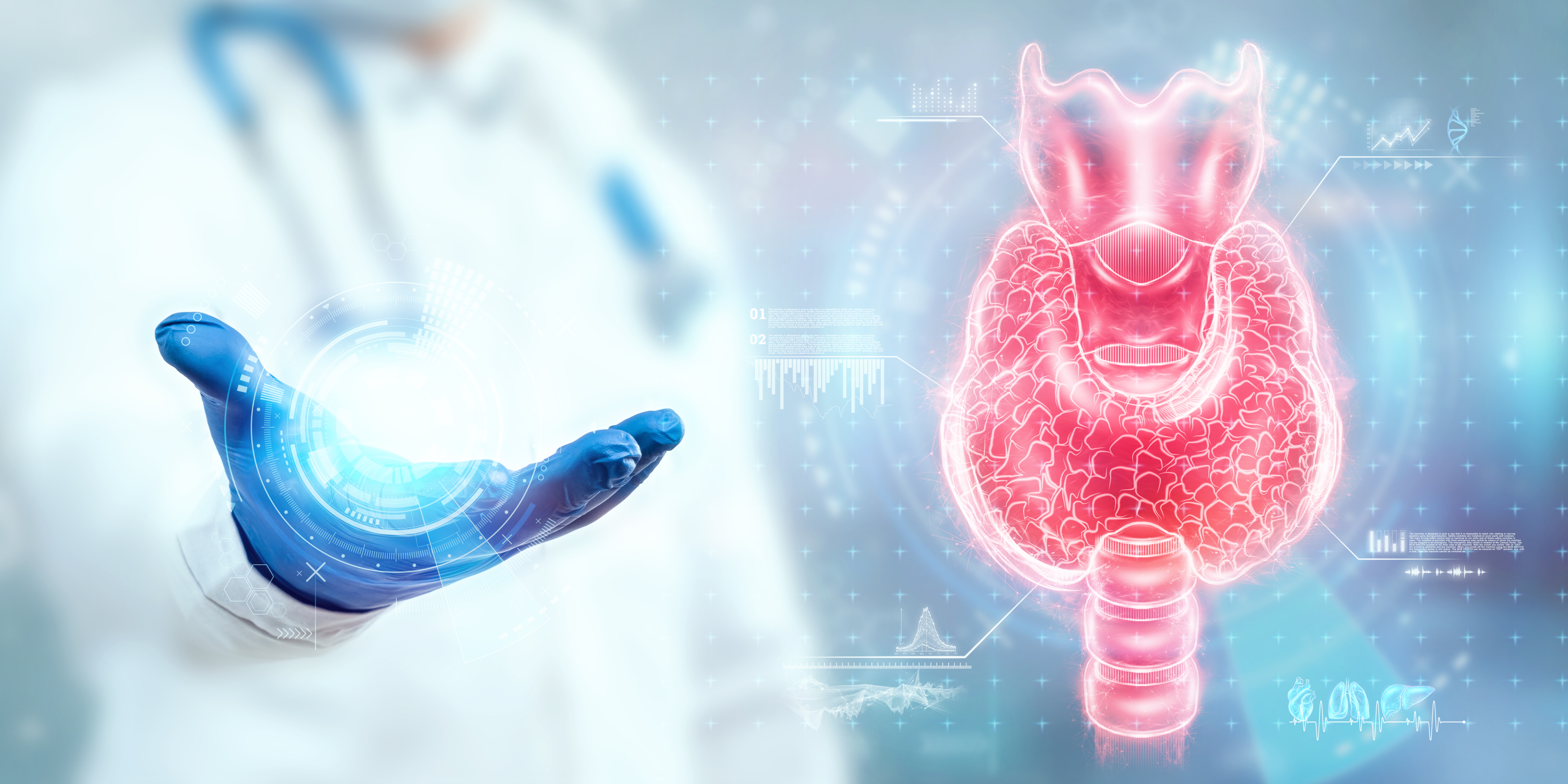
For both hyperthyroid and hypothyroid patients, it is better to monitor thyroid health through regular thyroid function tests. It is important as signs of thyroid diseases are often missed and can also be confused with other conditions.
Welzo is not just an online pharmacy; it is a complete health service involving diagnostic and monitoring tests, medications, informative articles, and online consultation and advice. Click here to explore the Welzo world.





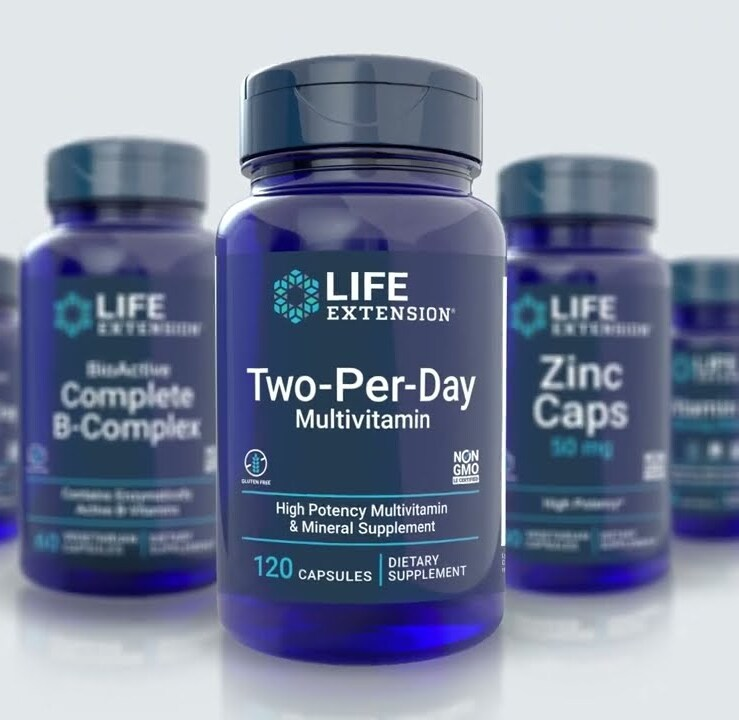









 Rated Excellent by 14,617+ Reviews
Rated Excellent by 14,617+ Reviews